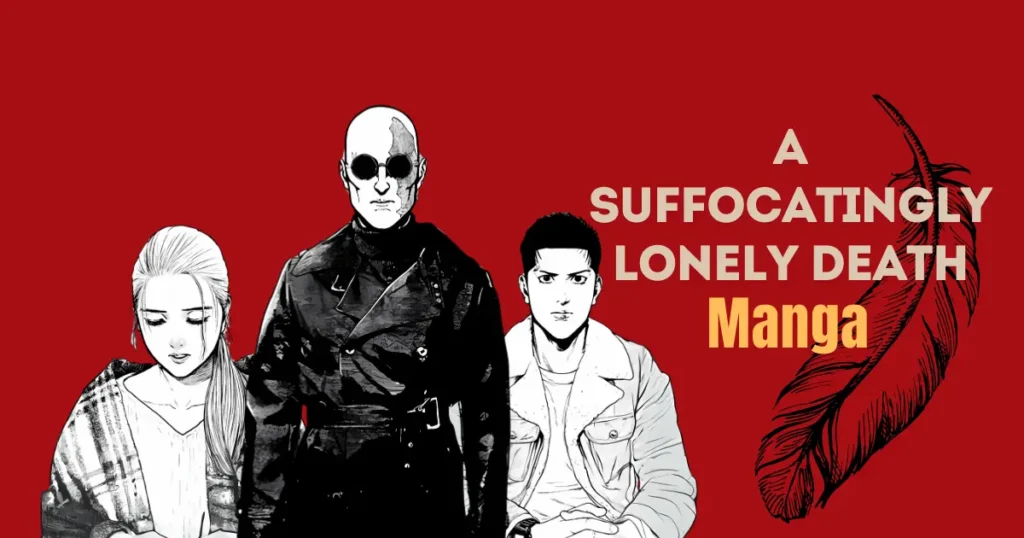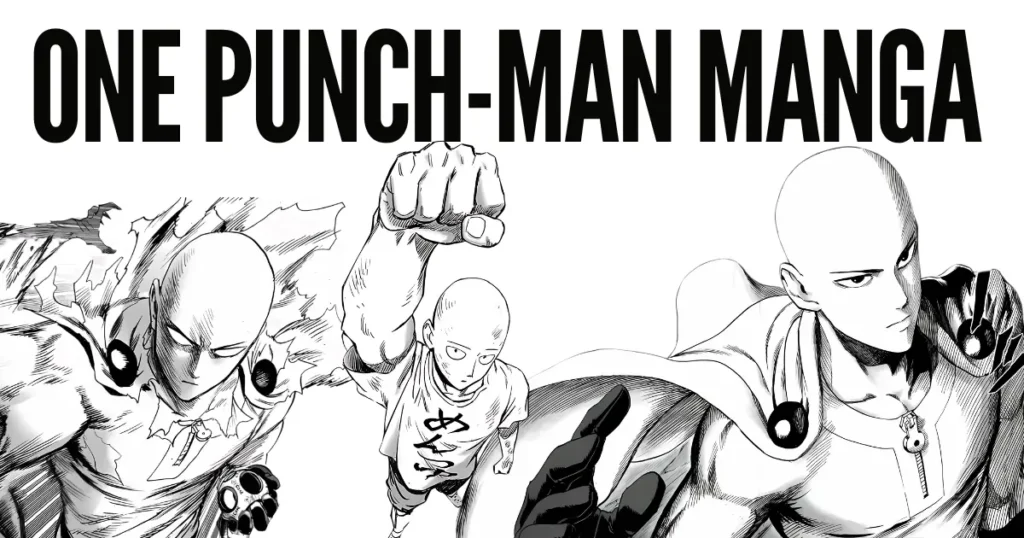Manga refers to Japanese comics or graphic novels characterized by unique art, deep storytelling, and diverse genres. It is a popular form of entertainment, both in Japan and globally, covering a wide range of topics and appealing to all ages. Manga is typically published in serialized formats before being compiled into volumes and is read from right to left. The keyphrase “what is manga” covers not just the meaning but also its historical evolution, cultural significance, and global reach.
Etymology and History
The term “manga” traces back to the Edo period (1603-1867), meaning “whimsical pictures.” However, modern manga as we know it emerged after World War II, influenced by American comic strips and Japanese traditions. Artists like Osamu Tezuka, known as the “God of Manga,” revolutionized the medium by introducing cinematic storytelling, complex characters, and innovative panel layouts. His work Astro Boy set the stage for the manga industry to flourish, and it continues to inspire modern artists.
Manga’s Evolution: From Print to Digital
Manga was traditionally serialized in magazines such as Weekly Shōnen Jump, Shōjo Beat, and Morning before being compiled into tankōbon volumes. With technological advancements, digital manga platforms like Webtoons and Pixiv have revolutionized the way people read and create manga. This shift has led to the rise of web manga and webtoons, enabling faster access, global reach, and the development of new styles of storytelling.
Key Genres and Target Audiences
Manga spans numerous genres, each targeting specific demographics.
Action-Packed Stories for Young Boys: What Makes Shōnen Special?
Shōnen stories are designed for young boys, usually between the ages of 12 and 18. These stories often feature dynamic action scenes, thrilling battles, and brave heroes. Popular examples include One Piece and Naruto, both of which have inspired fans worldwide. The heroes in these tales strive for growth, learning life lessons along the way.
Friendship, determination, and personal growth are central themes in these stories. This makes them relatable for young readers. Shōnen stories also include exciting powers, teamwork, and characters overcoming challenges. They are fast-paced and filled with adventurous journeys.
Romantic Tales and Emotions for Girls: Discovering Shōjo
Shōjo focuses on young girls and highlights emotions, relationships, and love. These stories show how people connect and grow. Titles like Fruits Basket offer heartfelt moments and emotional journeys.
Often, Shōjo has female protagonists who face personal struggles and emotional growth. These tales revolve around romantic challenges, friendships, and finding one’s identity. Beautiful art styles make these stories even more engaging.
With relatable characters and thoughtful storylines, Shōjo offers readers emotional stories they can enjoy.
Dark and Mature Themes in Stories for Men: The Depth of Seinen
Seinen targets adult men, providing more mature and serious narratives. Stories like Berserk include darker themes, complex characters, and deep plots. These stories often deal with realistic struggles and moral dilemmas.
Seinen focuses on intense storytelling, making readers think deeply about the world. Violence, revenge, and survival are common themes. They also include realistic emotions, often portraying the darker side of life.
This category offers thrilling and serious stories for older readers.
Emotional Journeys for Women: The Uniqueness of Josei
Josei stories are written for adult women, showing meaningful and heartfelt experiences. Stories like Nana explore relationships, emotions, and real-life challenges. They provide a deeper understanding of life from a woman’s perspective.
These stories showcase characters with rich backgrounds, tackling themes like love, work, and personal growth. Josei highlights how women navigate everyday situations while balancing emotions.
It gives readers relatable, heartfelt moments through strong and engaging storytelling.
Adventures in Magical Worlds: The Appeal of Isekai
Isekai involves characters moving from their regular lives to entirely new worlds. These stories, like Sword Art Online, bring exciting challenges in unfamiliar settings.
In this category, protagonists must learn to survive and grow in strange environments. Themes often include self-discovery, teamwork, and epic quests. Isekai stories create imaginative worlds full of adventure and fun.
Their creative storytelling and thrilling scenarios captivate readers of all ages.
Print Manga vs. Web Manga
| Feature | Print Manga | Web Manga |
|---|---|---|
| Format | Physical volumes, serialized | Online platforms, serialized weekly |
| Cost | Higher due to production costs | Often free or subscription-based |
| Art Style | Detailed, black and white | Full color, optimized for digital |
| Availability | Limited to regional markets | Global access through the internet |
| Reader Experience | Collectible, tangible feel | Convenient, mobile-friendly |
International Influence and Popularity
While manga originated in Japan, it has become a global phenomenon. In the United States, manga was first introduced in the 1980s, but the market exploded in the 2000s. Titles like Attack on Titan, Dragon Ball Z, and My Hero Academia have gained massive international followings, with anime adaptations amplifying their popularity.
In Europe, especially in France, manga holds a significant share of the comic book market. France is one of the largest consumers of manga outside Japan, with a strong appreciation for the art and storytelling.
Notable Artists and Iconic Manga
Osamu Tezuka: The Legendary Creator of Iconic Stories
Awards and Recognitions
Manga is celebrated through various prestigious awards.
- Kodansha Manga Award: Recognizes exceptional works in shōnen, shōjo, and general categories.
- Shogakukan Manga Award: One of Japan’s oldest awards, celebrating manga across different demographics. Recent award winners include Demon Slayer by Koyoharu Gotouge, which broke records for both sales and anime viewership, and Jujutsu Kaisen, which won the prestigious Shogakukan Manga Award for its engaging plot and exceptional artwork.
Frequently Asked Questions (FAQ) about Manga
What is manga?
Manga refers to Japanese comic books or graphic novels, often serialized in magazines, and later compiled into volumes.
How is manga different from anime?
Manga is the comic book or graphic novel format, while anime refers to the animated adaptations of manga.
What are the most popular manga?
Some of the most popular manga include One Piece, Naruto, Attack on Titan, and Demon Slayer.
What is digital manga?
Digital manga is manga that is published online, often serialized on platforms like Webtoons or Pixiv.
What is the best-selling manga of all time?
One Piece by Eiichiro Oda holds the record for the best-selling manga series globally.
What is the difference between webtoons and manga?
Webtoons are comics designed primarily for digital platforms, optimized for mobile viewing with scrolling formats and typically presented in color. Manga, on the other hand, is traditionally black-and-white and often released in print before being available digitally. Webtoons prioritize vertical reading on devices, while manga follows a right-to-left reading format, commonly serialized in magazines.
Where can I read manga online?
Popular platforms to read manga online include VIZ Media, Crunchyroll, and Webtoons.
The Legacy of Manga
Manga’s appeal is universal. From classic works like Astro Boy to modern hits like Demon Slayer, manga continues to captivate audiences with its depth, artistic beauty, and compelling narratives. Whether enjoyed in print or digital formats, manga’s influence will undoubtedly continue to grow, bridging cultures and generations across the globe.
For more in-depth information on manga’s history and influence, visit this resource on manga.



